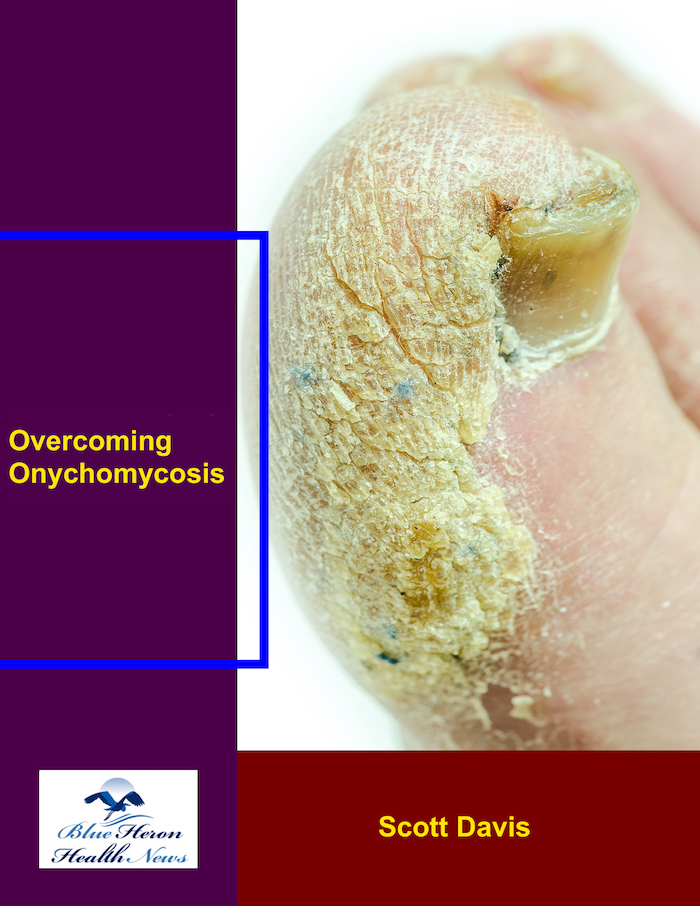Understanding and Conquering Onychomycosis – Nail Fungus
Dealing with onychomycosis, commonly known as nail fungus, can be a frustrating and challenging experience for many individuals. This pesky fungal infection affects millions of people worldwide, causing nails to become discolored, thickened, and brittle. While it might seem daunting, overcoming onychomycosis is certainly possible with the right treatment and care.
The Benefits of Seeking Treatment
Embarking on a journey to treat onychomycosis nail fungus can bring about numerous benefits beyond just the aesthetic improvement of your nails. By addressing and resolving this fungal infection, you can boost your self-confidence, alleviate discomfort, and prevent the infection from spreading to other nails or individuals.
Detailed Explanation of Onychomycosis and Its Treatment
Onychomycosis is a fungal infection that targets the nails, most commonly affecting the toenails. It thrives in warm and moist environments, making feet inside shoes a prime breeding ground for the fungus. The treatment for onychomycosis toenail fungus typically involves oral antifungal medications, topical treatments, laser therapy, or in severe cases, surgical removal of the nail.
It’s essential to address onychomycosis of toenails promptly, as ignoring the infection can lead to complications such as pain, permanent nail damage, and recurrent infections. Consulting a healthcare professional for an accurate diagnosis and personalized treatment plan is crucial in effectively managing onychomycosis.
Frequently Asked Questions About Onychomycosis
1. What are the common symptoms of onychomycosis of the toenails?
The typical symptoms of onychomycosis include nail discoloration, thickening, brittleness, and a distorted shape. In some cases, individuals may experience pain or a foul odor emanating from the infected nail.
2. How is onychomycosis diagnosed?
A healthcare provider can diagnose onychomycosis through a physical examination, nail scraping for laboratory testing, or a fungal culture. These diagnostic methods help determine the specific type of fungus causing the infection and guide treatment decisions.
3. Can onychomycosis be prevented?
Preventive measures for onychomycosis include keeping feet clean and dry, wearing breathable footwear, avoiding walking barefoot in public spaces, and promptly treating any minor nail injuries to prevent fungal entry.
4. How long does the treatment of onychomycosis toenails in adults usually take?
The duration of onychomycosis treatment can vary depending on the severity of the infection and the chosen treatment method. Generally, treatments can last from several weeks to several months to completely eradicate the fungus.
5. Are there any home remedies for treating onychomycosis?
While home remedies like tea tree oil or vinegar soaks are often touted as natural treatments for onychomycosis, they may not effectively eliminate the infection. Consulting a healthcare professional for appropriate medical intervention is crucial for successful treatment.
Conclusion
Overcoming onychomycosis of the toenails is a journey that requires diligence, patience, and professional guidance. By understanding the nature of the infection, seeking timely treatment, and adopting preventive measures, individuals can successfully conquer nail fungus and restore the health and appearance of their nails. Remember, early intervention is key in managing onychomycosis effectively and preventing its recurrence.


